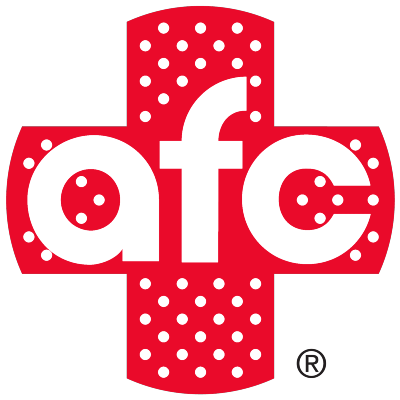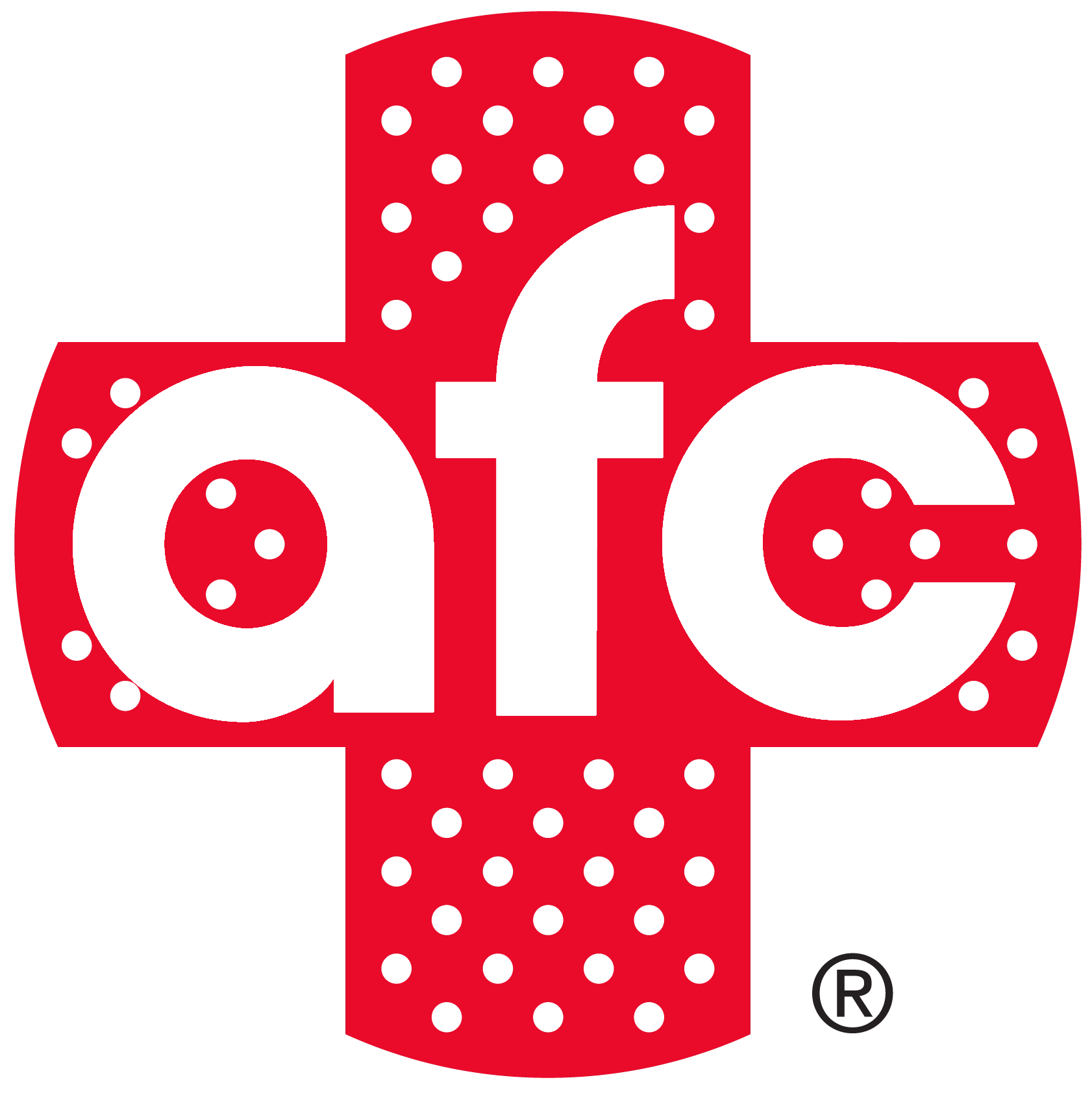Discover our exclusive offerings: DOT Physicals for only $85 and Immigration Physicals for an unbeatable $200.* Labs and vaccines are additional.
AFC Anaheim Drug and Alcohol Policy
CALL US TODAY | (714) 400-2959
Flu & COVID Testing and Treatment, Illnesses, Injuries
We are here for your immediate healthcare needs. Walk in or schedule online today!
Save Your SpotDrug and Alcohol Policy in AFC Urgent Care Anaheim-Katella
Once the following components have been met, your company would qualify as A Drug-Free Workplace Program:
Drug-Free Workplace Policy
Employee Awareness and Education
Supervisor Training
Drug and Alcohol Testing
Employee Assistance Program
Prepare and circulate a written statement for acknowledgment by all employees that illegal drug use will not tolerate and that job performance deterioration resulting from abuse of legal and illicit drugs, including alcohol, will result in adverse personnel actions. The statement should explain that drug and alcohol abuse create economic and social consequences that are unacceptable to your community.
The company provides a regular ongoing drug orientation program that informs the employees of the company's policies and the drug and alcohol-related, health, legal, and economic liabilities. The continuing educational effort must notify the employee of the negative consequences of the abuse of drugs and or alcohol. The educational efforts can easily be accomplished through company meetings, brown bag lunches, and handouts of educational material.
Supervisors must be coached on the behaviors, symptoms, and performance problems related to abuse and intervention concepts.
Adopt a strict program of testing that detects and deters the abuse of alcohol and drugs.
Employee Assistance Program (EAP) provides counseling and referral programs to be operated either by your staff or a contractor. The EAP program must be performed confidentially. The employer is not responsible for the cost of an EAP program.
Types of tests for drugs:
Pre-employment, random, reasonable suspicion, post-accident, return-to-duty, and follow-up.
Types of tests for alcohol:
Pre-employment (optional), random, reasonable suspicion, post-accident, return-to-duty, and follow-up.
Definition of an accident requiring testing:
Any accident involving a fatality requires testing. Testing is also necessary for accidents in which one or more motor vehicles are towed from the scene, or someone is treated medically away from the scene, and a citation is issued to the CMV driver.
Reasonable-suspicion determination:
A trained supervisor or company official can make the decision based on specific observations concerning the employee's appearance, behavior, speech, or body odors.
Pre-duty alcohol use prohibitions:
Four (4) hours before the start of the shift.
Actions for BACs 0.02 – 0.039:
The employee is unable to return to duty for 24 hours following the test.
Employee training:
It is a mandatory requirement that educational material explaining the regulatory requirements and employers' policies on alcohol and drug usage is given by the employer to each employee.
Supervisor training:
Supervisor training requires one hour of specific, contemporaneous physical, behavioral, and performance indicators of probable drug use. One hour of training is also needed on the particular concurrent physical, behavioral, and performance indicators of potential alcohol use.
Other:
In an accident, drivers are prohibited from alcohol consumption for 8 hours or until they have completed a post-accident screening (whichever comes first).
Substance Abuse Professional
Resources for Employers Frequently Asked Questions
http://saplist.com/resources/employers_saps/faq_employers.php
OSHA'S stance on a drug free work place
https://www.osha.gov/pls/oshaweb/owadisp.show_document?p_table=INTERPRETATIONS&p_id=22577
OSHA'S course on drug free policy

How Can We Help?
- PATIENT SERVICES
- COVID-19 SERVICES
- TELECARE
- EMPLOYER RESOURCES
- PATIENT RESOURCES
- ABOUT US
CALL US | (714) 400-2959

Don't wait to get the medical attention you need.
CALL US TODAY | (714) 400-2959


